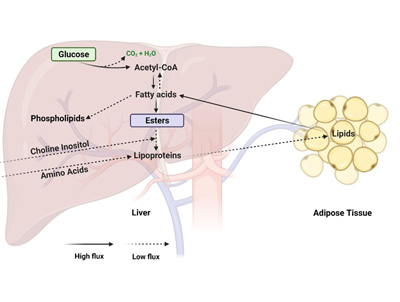Hepatic lipidosis in fattening turkeys: A review
Authors: Amr Abd El-Wahab, Bussarakam Chuppava, Dimitri Radko and Christian Visscher
Ger. J. Vet. Res
2021.
vol. 1, Iss. 3
pp:48-66
Doi: https://doi.org/10.51585/gjvr.2021.3.0022

Abstract:
The conditions on turkey fattening farms, including management, housing, and feeding, have been constantly improved recently in favor of animal health. Many studies deal scientifically with poultry health. However, specifically concerning liver health, there are still open questions regarding the influence of dietary factors on the metabolism and function of the liver. Consideration of the factors that could influence and alter liver metabolism is therefore of critical relevance. The liver, as a major metabolic organ, is the main site of fat synthesis in turkeys. Under certain conditions, fat can excessively accumulate in the liver and adversely affect the birds’ health. The so-called hepatic lipidosis (HL) in fattening turkeys has been known for years. This disease has unacceptable economic and animal welfare impacts, with high animal losses of up to 15% within only a few days. To date, little is known about the causes and the metabolic changes in fattening turkeys leading to HL despite the increasing focus on health management and animal welfare. To understand what is different in turkeys compared to other species, it is necessary to discuss the metabolism of the liver in more detail, including HL-associated gross and microscopic lesions. In the current review, aspects of liver structure and lipid metabolism with special regard to lipogenesis are explained to discuss all dietary factors attributing to the development and prevention of HL. As part of the prevention of the HL, dietetics measures can be helpful in the future.
Keywords:
Turkeys, Hepatic lipidosis, Metabolism, Fatty liver, Pathogenesis
Statistics:
Article Views: 3081
PDF Download: 52